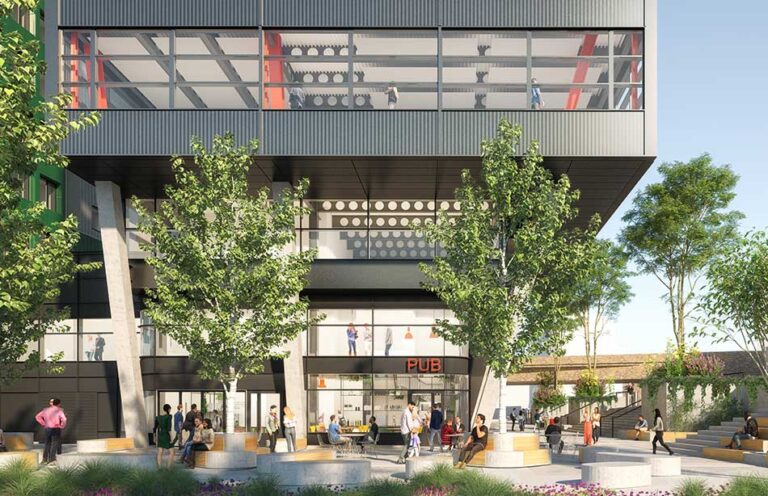-
In the 26th edition of the Investment Strategy Annual, we address the five themes that will shape the real estate investment environment for at least the next three years and likely longer. Some assets and strategies amplify these trends and will deliver “high beta”, others are much more insulated from all the noise and should be considered “low beta”.
Mastering the simultaneous need for fast/intuitive and slow/careful thinking becomes an important skill to develop in the speeding-up world of real estate, in a slowing-down economy. We review techniques to help investors determine portfolio objectives. We present our outlook for the property types and countries that are the most attractive. We share our best investment ideas.
Our macro outlook for 2020 indicates that the global economy will be slowing, which means that rent growth, leasing and other drivers of real estate income could downshift to a lower gear. Yet, slow growth means that interest rates could also stay low and contribute to elevated asset valuations.

Apr 17, 2024
ISA Briefing: Climate risk in practice: Regional, market and asset-level views
Recognition has grown substantially in recent years that climate risk can shape real estate investment outcomes.



